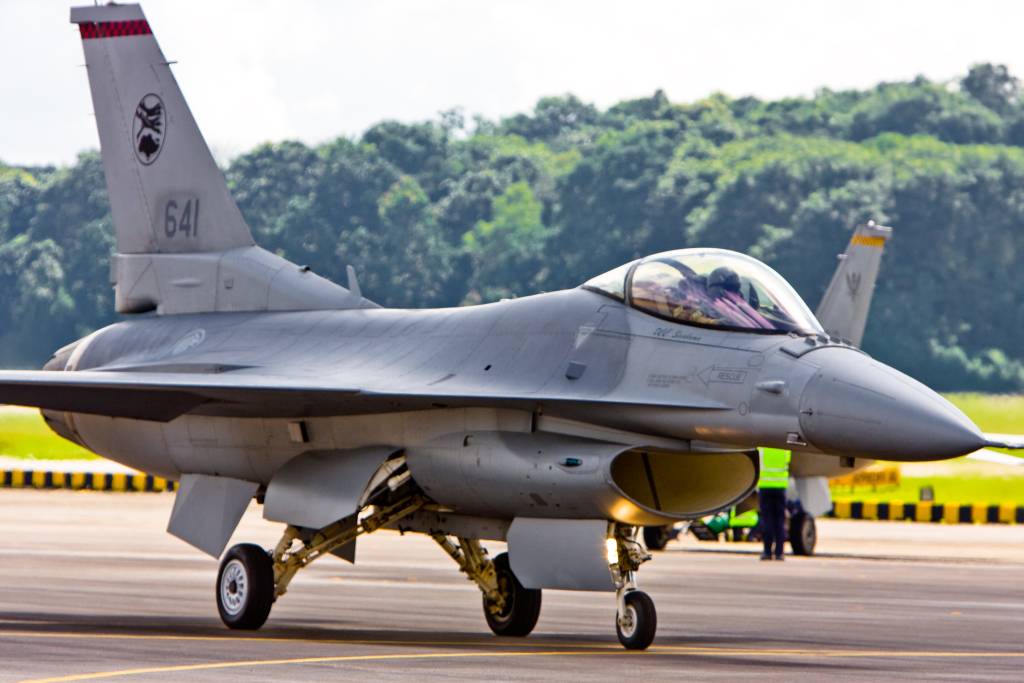With vehicles that are equipped with a new high-bandwidth networking radio, Soldiers can move across the battlefield, rapidly exchanging mission-critical voice messages, images and video with their commanders.
Using line-of-sight communications waveforms that are not dependent on satellites, mid-tier networking vehicular radios, or MNVRs, provide ground-level connectivity, which link Soldiers at the company level with battalion and brigade.
“MNVR meets the need of getting data down to the Soldiers,” said Lt. Col. Stephen Dail, communications officer, or S6, for the 2nd Brigade Combat Team, 1st Armored Division, or 2/1 AD. “The fact that you have the ability to push data back out from locations in the field and graphically get that information back to higher headquarters – who has the expertise to examine it and potentially get information back to the Soldiers while they’re still on the ground so they can react – is a game changer.”
To ensure the MNVR will be ready to field to Soldiers as part of the Army’s network capability set, or CS, 17, the system is being tested extensively, including a limited user test, or LUT, conducted at this month’s network integration evaluation, or NIE, 15.2. Testing at the NIE included using the MNVR in the command post, as well as mounting it on Strykers, mine-resistant, ambush-protected vehicles and high-mobility, multipurpose wheeled vehicles.
To prepare for the LUT, the MNVR radios participated in laboratory evaluations, over-the-air testing, logistics assessments and operational tests. These events included a large-scale technology demonstration, which was conducted at the Electronic Proving Ground, or EPG, on Fort Huachuca, Arizona; a lab based Government Integration Test, or GIT, at the Command, Control, Communications, Computers, Intelligence, Surveillance and Reconnaissance, also known as C4ISR, Systems Integration Laboratory, or CSIL, on Aberdeen Proving Ground, Maryland, and a GIT Over-The-Air event at EPG.
Results from these tests, including the LUT, will be used to inform program milestone decisions leading up to MNVR fielding in 2017 and beyond.
These tests are important because they subject the radios to a wide range of operational and environmental conditions, which Soldiers may face during real world missions.
“We are currently completing a tropic field experiment in Panama, where the radios will be subjected to high temperatures, humidity and fungus to see how well they perform in these conditions,” said Eric Goodman, product manager for MNVR. “While this is not a pass-fail event, we will use the information to set a base line for future evaluations.”
A key feature of the MNVR is its ability to provide terrestrial, ground-level connectivity with restricted or non-existent satellite communications. The radio, which uses the Wideband Networking Waveform, or WNW, and Soldier Radio Waveform, or SRW, operates as a node in a mobile network so information can hop from one MNVR system to another until it reaches its destination. Both the WNW and SRW allow communication without a fixed infrastructure such as a cell tower or satellite network.
By using these waveforms to link lower-echelon digital radios, like the Rifleman and Manpack, to Warfighter Information Network-Tactical, also known as WIN-T, the MNVR provides a significant tactical advantage for Soldiers. Since the MNVR is integrated into Army tactical vehicles, it ensures wireless communications and networking services for both mobile and stationery forces.
At the LUT, operationally-realistic conditions were established to determine how the WNW and SRW performed with regard to message completion rates, latency and voice quality. Testers evaluated the radio using 23 different test cases that ensured the network routing was properly configured and the WNW and SRW waveforms could operate in various situations. The MNVR was also tested on how it integrates into Army vehicle platforms; how it interoperates with other current and legacy Army radios; and how it interfaces with the Army’s satellite communications backbone, WIN-T.
“The results from all of these evaluations and tests are being used to help us continue to work to improve the radio’s capability and prepare for the next major event, an initial operational test and evaluation, which will be conducted in 2016,” said Pat Layden, deputy product manager for MNVR.










